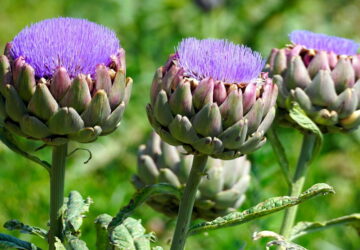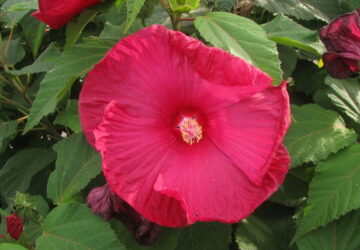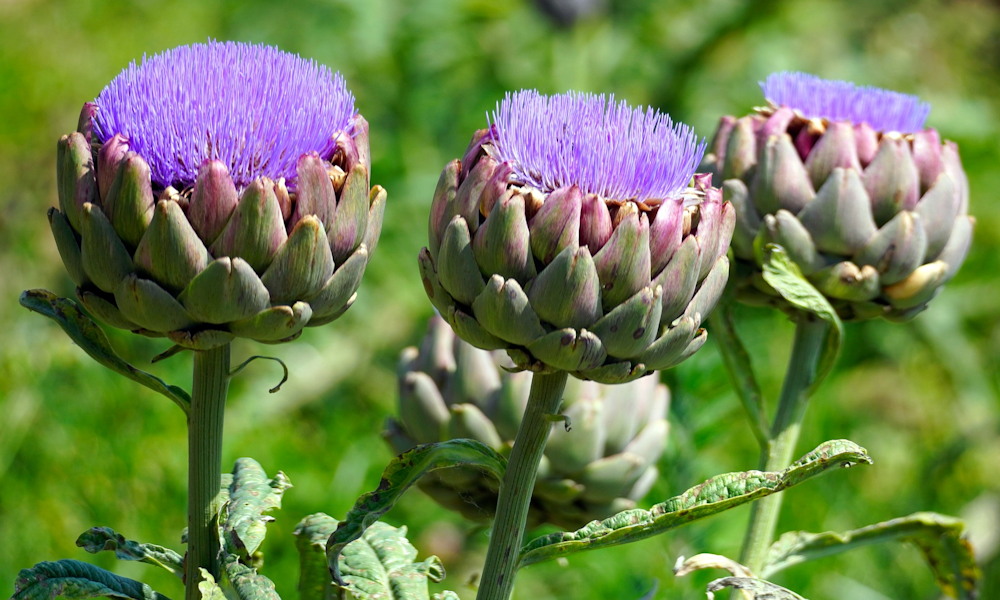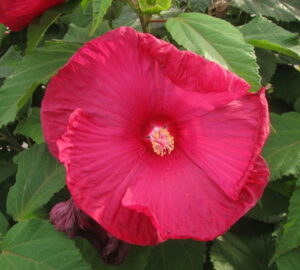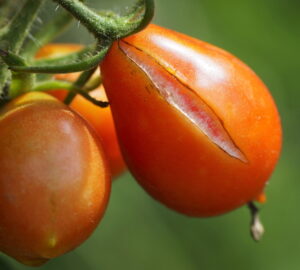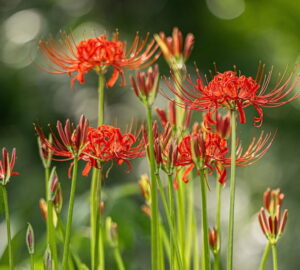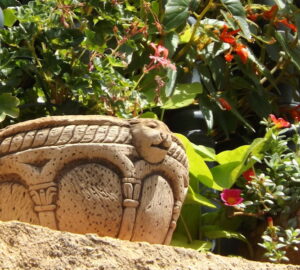Welcome to the world of globe artichoke, a fascinating plant that not only delights your taste buds as a delectable vegetable but also brings medicinal benefits and ornamental charm to your garden. Let’s explore the many facets of this incredible plant and discover why it deserves a place in every gardener’s heart.
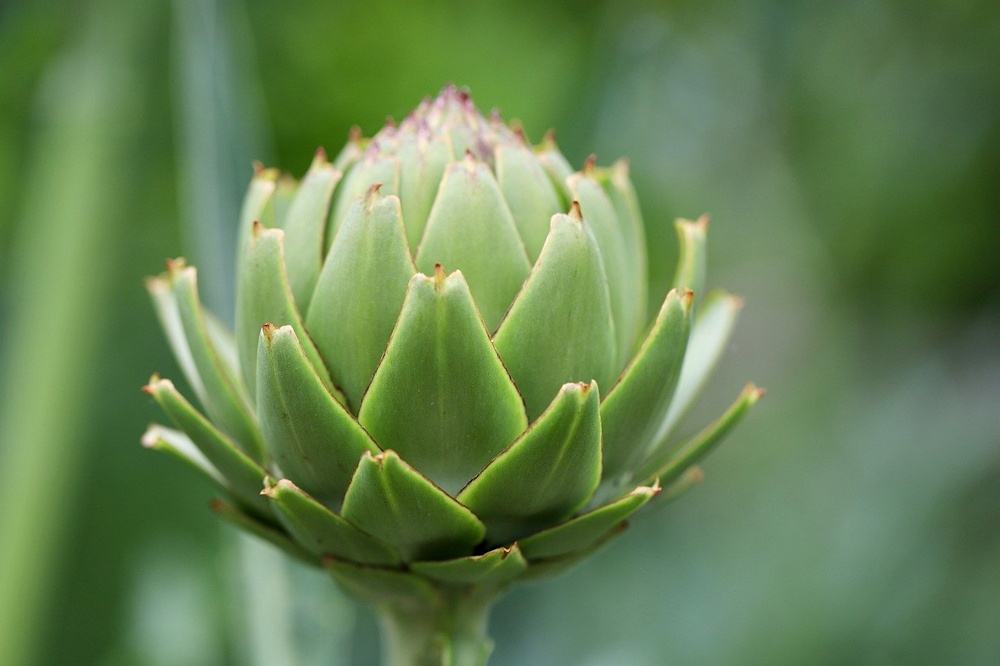
Origin and Description
The globe artichoke, scientifically known as Cynara cardunculus var. scolymus, is a perennial thistle native to the Mediterranean region. It belongs to the sunflower family (Asteraceae) and can reach a height of 3 to 5 feet (90-150 cm). The artichoke plant features impressive silvery-green, deeply lobed leaves that grow in a distinctive rosette formation. In late spring and early summer, striking, purple-blue flower buds develop atop tall stems, which are actually the edible portion of the plant before they fully bloom into beautiful, thistle-like purple flowers.

It is important to note that while the plant itself is perennial, the flower buds that are harvested as a vegetable are typically produced in the first year of growth. In subsequent years, the plant may produce more flower buds, but the yield is often lower than in the first year.
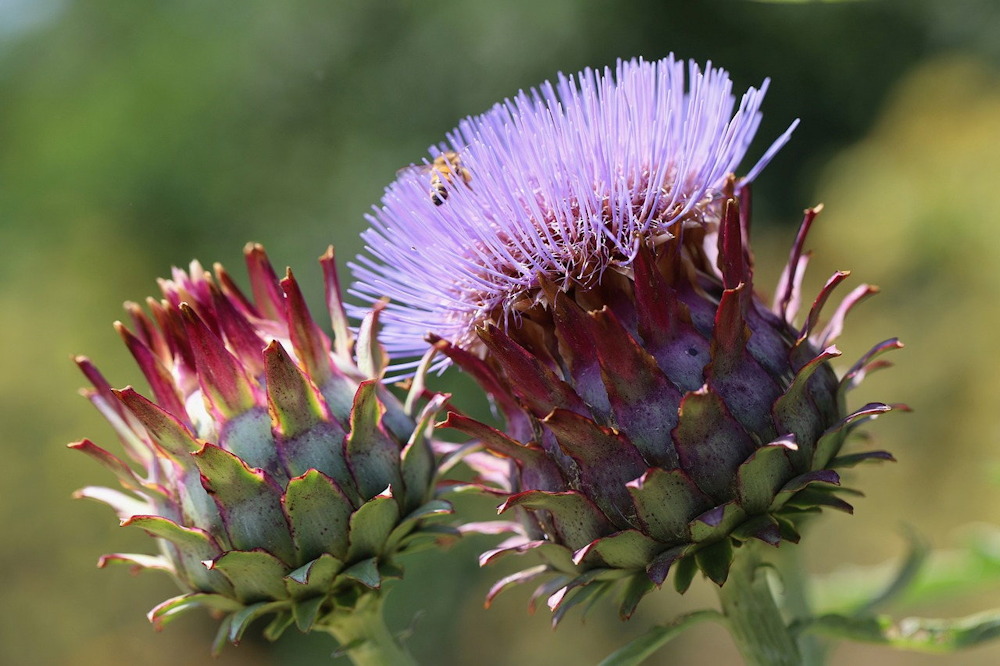
Artichoke as a Vegetable
Artichokes are celebrated for their delectable, nutty flavor and tender, fleshy texture, making them a popular choice in various cuisines around the world. The immature flower buds, known as “hearts,” are the most sought-after part of the plant. They are best harvested before the flower opens, ensuring a tender and tasty delicacy.
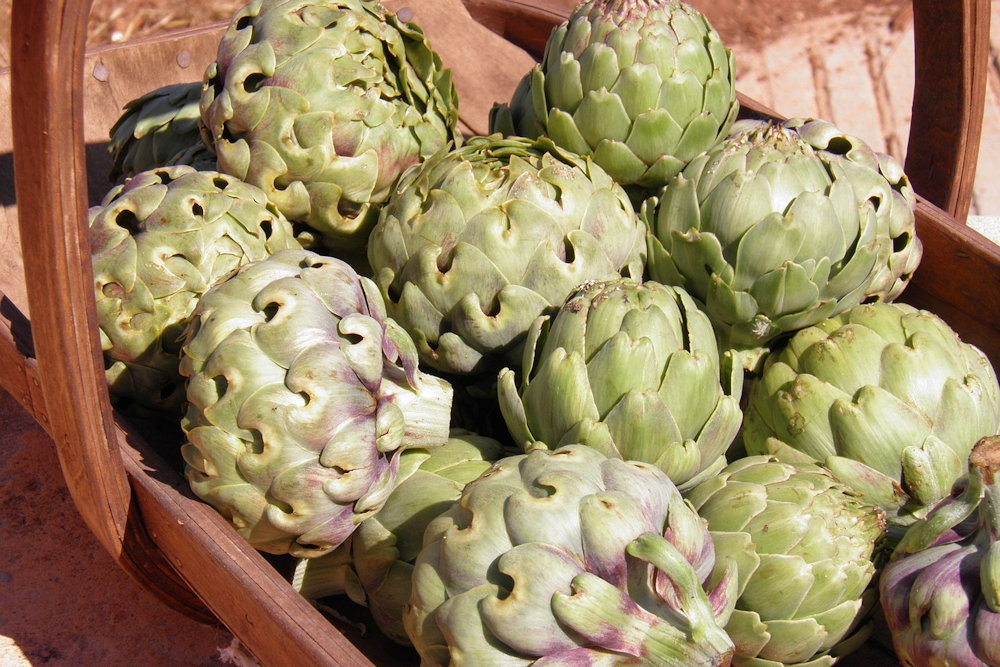
Artichokes can be boiled, steamed, grilled or baked and are often served with butter, lemon or dipping sauces. Not only are they a delicious addition to salads, dips and pasta dishes, but they also offer a host of health benefits, being low in calories, rich in fiber and packed with essential nutrients like vitamin C, vitamin K, folate and antioxidants.
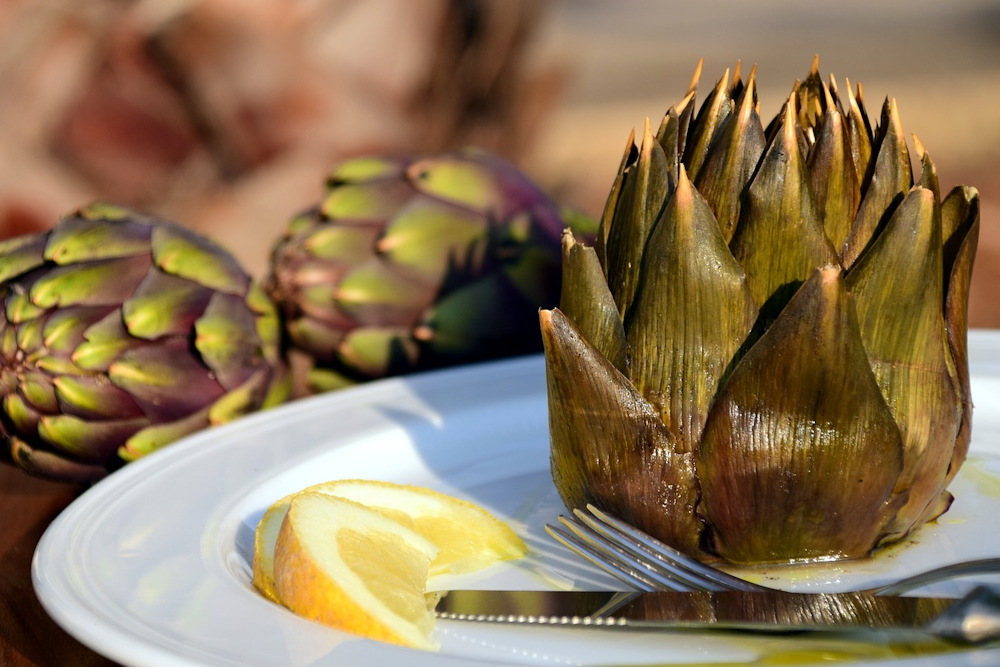
Artichoke as a Medicinal Plant
Beyond its culinary appeal, globe artichoke has been recognized for its medicinal properties for centuries. The plant contains compounds like cynarin and caffeoylquinic acids, which are believed to support liver health and aid in digestion. Artichoke extract is commonly used as a natural remedy to alleviate symptoms of indigestion, bloating and heartburn. Furthermore, its antioxidant properties may contribute to overall health and well-being by combating oxidative stress in the body.
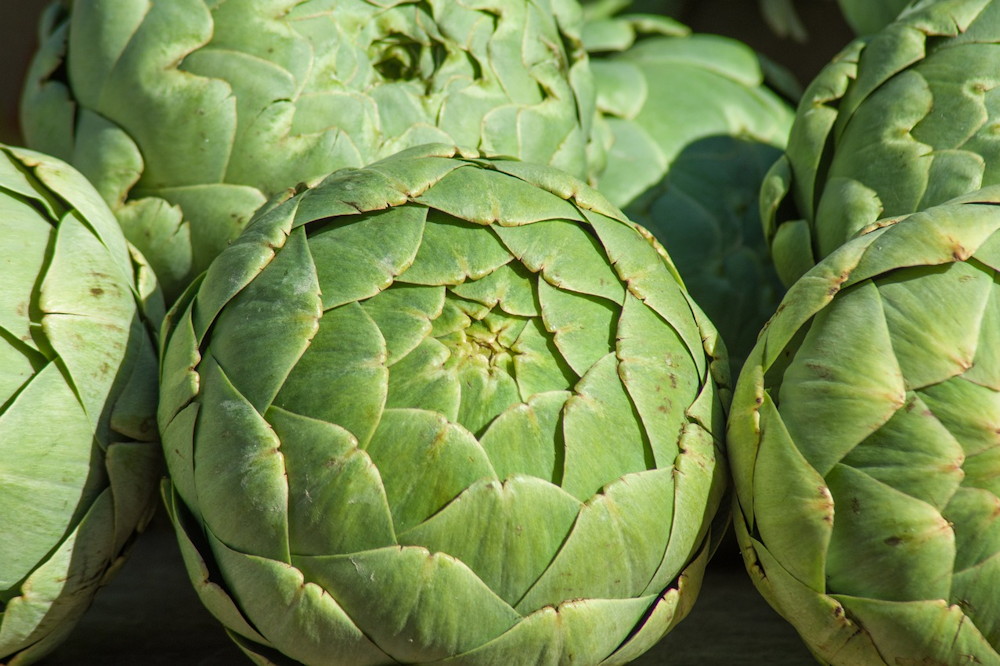
Artichoke as an Ornamental Plant
While primarily known for its culinary and medicinal uses, globe artichoke also doubles as an eye-catching ornamental plant in garden landscapes. The unique silvery-green leaves and tall, architectural flower buds add a touch of elegance and drama to any garden setting.
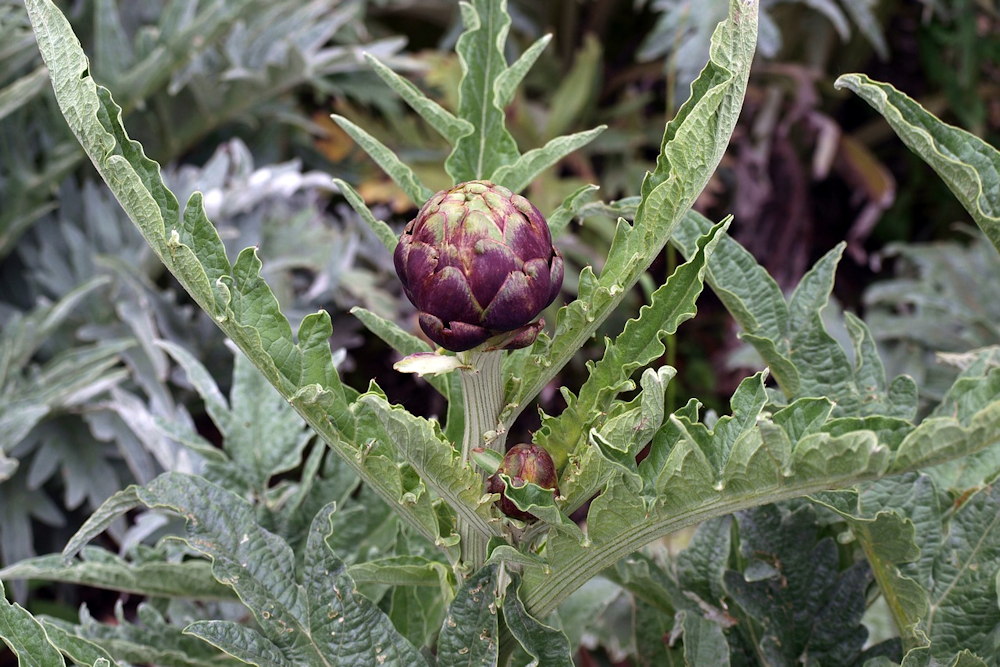
Whether planted in containers or as part of a herbaceous border, the artichoke plant can be a striking focal point, especially when its purple-blue buds are about to burst into full bloom. Even after flowering, the dry seed heads can be left intact to create interest throughout the winter months, adding texture and visual appeal to the garden.
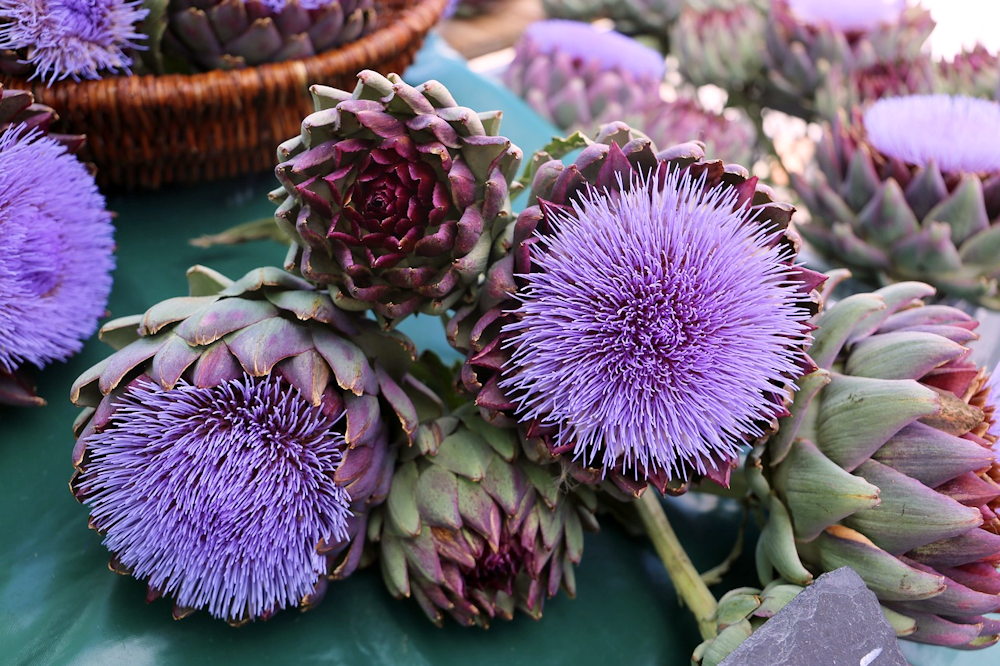
In conclusion, globe artichoke, with its origins in the Mediterranean, is a versatile and captivating plant that offers a bounty of delights to gardeners. From its mouthwatering, edible flower buds to its medicinal benefits and ornamental charm, this remarkable plant truly deserves a prominent place in every gardener’s collection. So, whether you’re a food enthusiast, a herbal remedy seeker or simply an admirer of beauty in the garden, globe artichoke has something exceptional to offer.
